As I continue to catalogue the Dryad Collection, some of the books stand out as belonging to a different era of attitudes towards clothes. Smocks for example, may still be around on the fashion catwalks today, but in the Dryad Collection a more traditional working role for the garment is recorded, as well as a more modern fashion conscious one.
Smocks
The practical nature of this garment is apparent, there are instructions in the book should you wish to make yourself one. The details of the smock decoration are complicated, and vary from region to region.
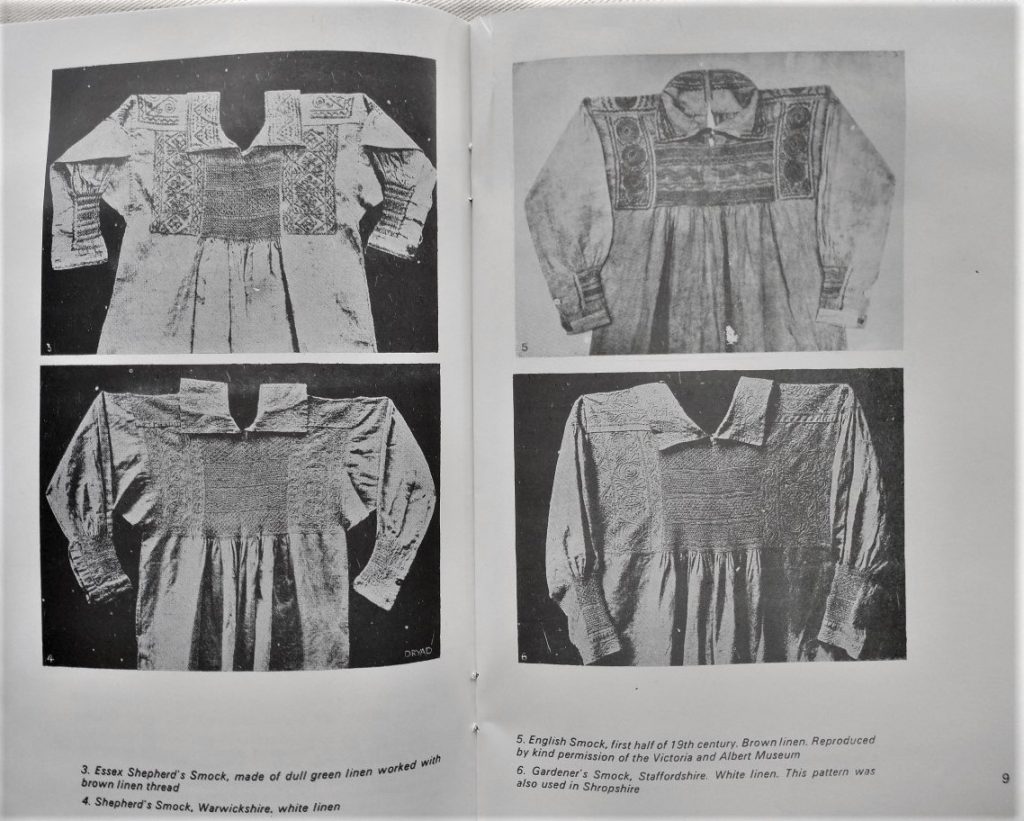
A more modern fashionable use of smocks can also be found in the Dryad Collection:
Again, instructions are included for the garment to be made – but they seem to be rather complex:
Sheepskin
Sheepskin may be a more contentious material for clothing today, but early in the 20th century it was seen by some, as a desirable material for clothes that offered a sense of luxury in dark days, as suggested in the introduction of “The sheepskin book” by Mary Barnard:
Sheepskin ideas
There are an assortment of clothes and accessories to make:
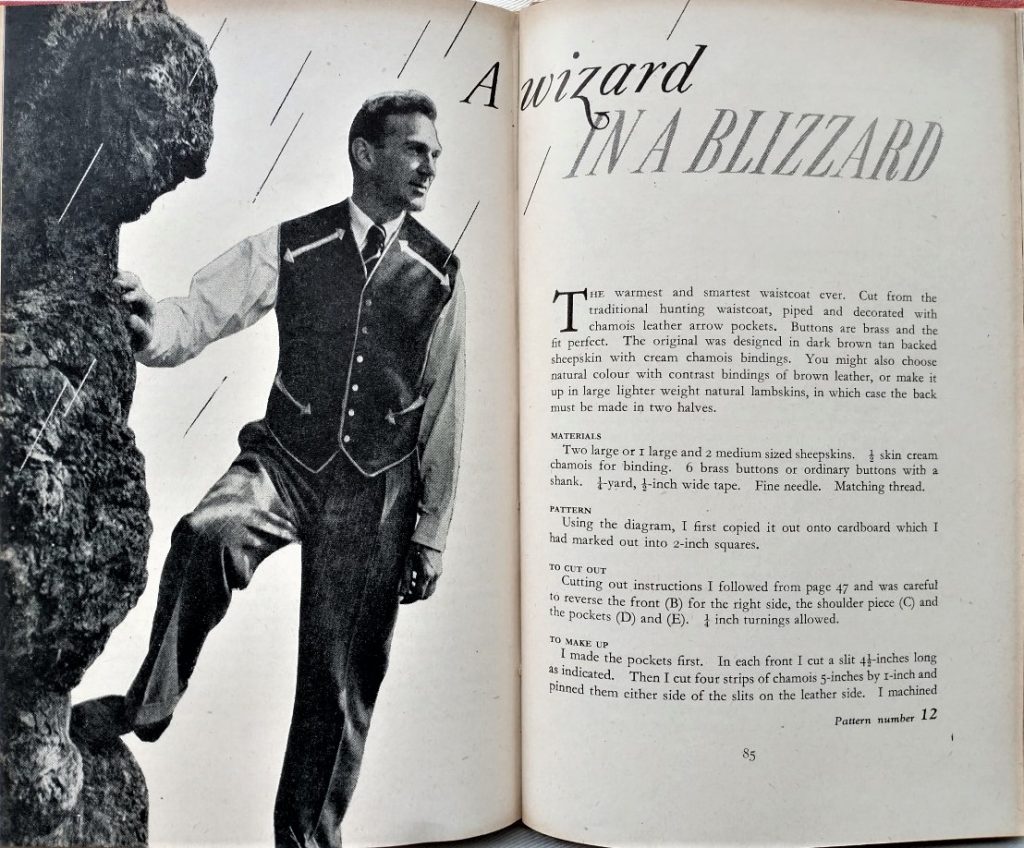
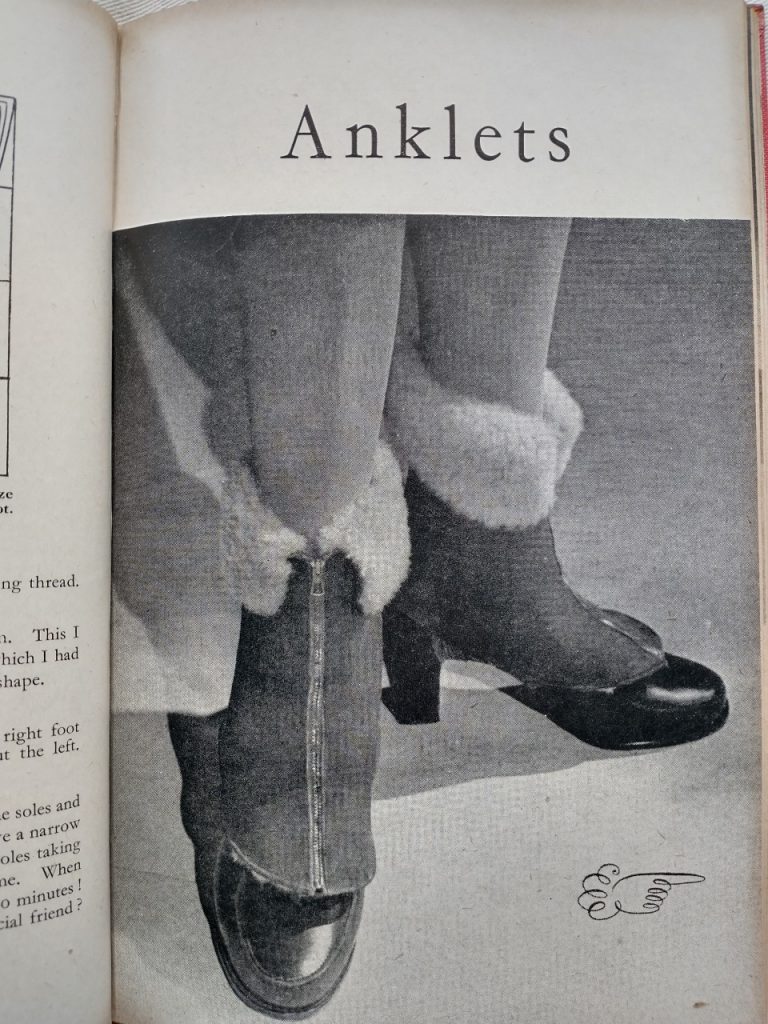
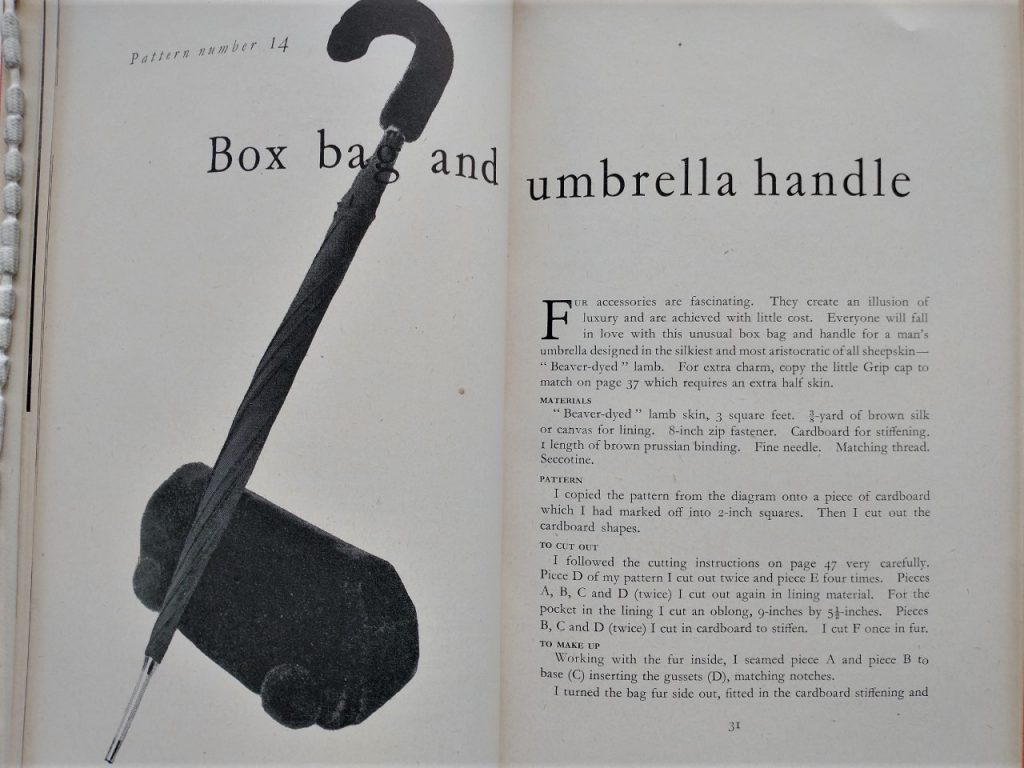
Reviews by Dryad employees
“The sheepskin book” is one of several books from the Dryad Collection where I found a review of the text inside. Sometimes on Dryad headed notepaper, these reviews are by Dryad employees with technical expertise in the craft the book is about. The reviews assess the book, often with a very practical approach, for example Mary Wilcox at Dryad in 1950, considered some of the sheepskin articles in the book difficult to make, and expensive, but was impressed by the variety of articles on offer and the “delicate” illustrations:
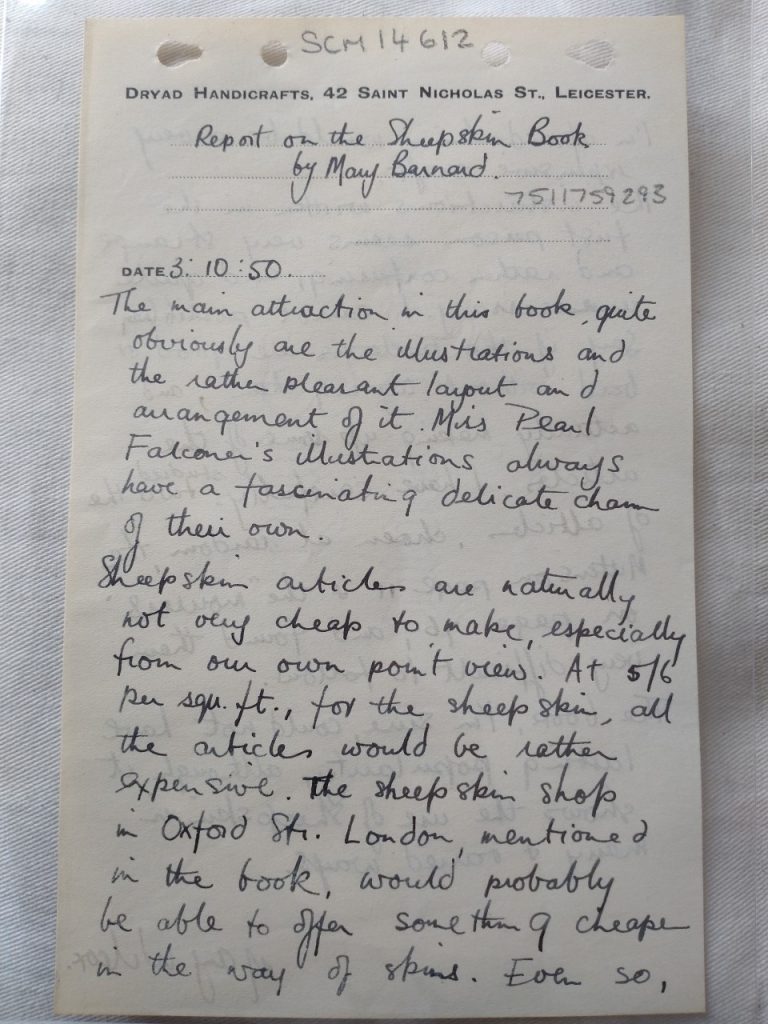
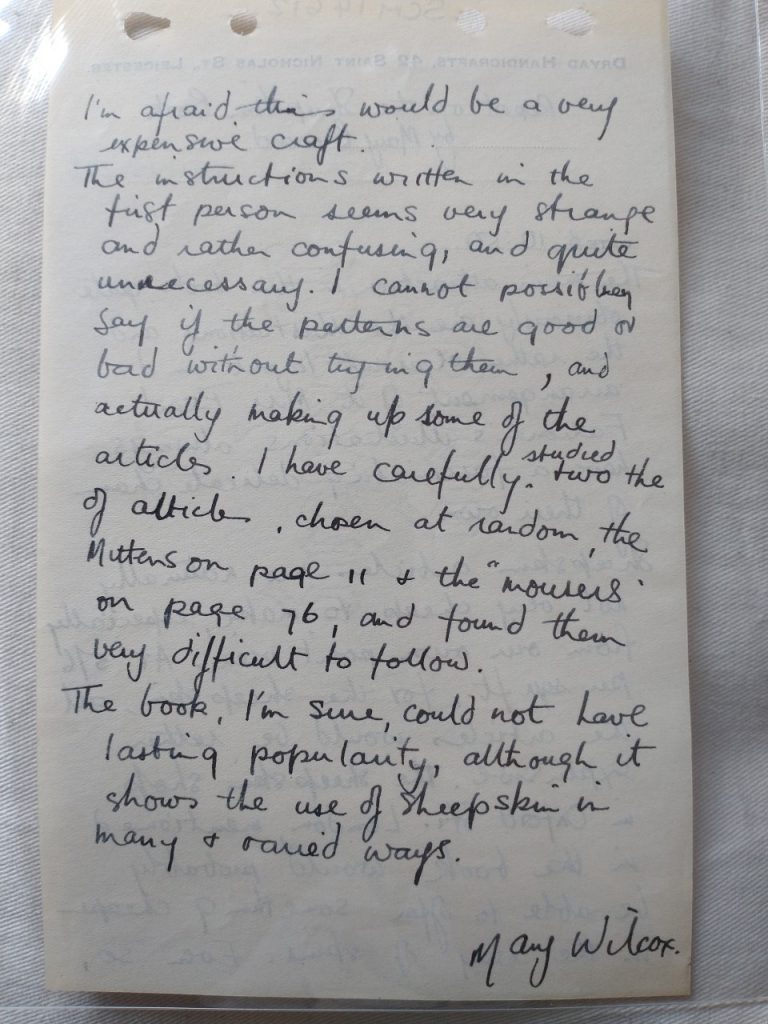
I find many loose items in rare books when I am cataloguing them. To preserve the items and to make sure they do not damage the book text, for example by bleeding print stains onto the text, the items are usually placed in protective clear envelopes in the Items found in books box. They are linked to the book they originated from by the SC shelf number, and by notes within the catalogue record of the book. If they are part of the story of the book’s life and its provenance, it is important to retain and record them.
Why not visit the Library’s Archives & Special Collections to view items from the Dryad Collection? We are open to students, staff and members of the public with a library card (obtainable for free) and operate on an appointment based system (Tuesday-Thursday 10.30-4.45pm; Friday 1.15pm-4.45pm).
Please email specialcollections@le.ac.uk for more information and to book an appointment.
More to follow on the Dryad Collection in future blogposts…

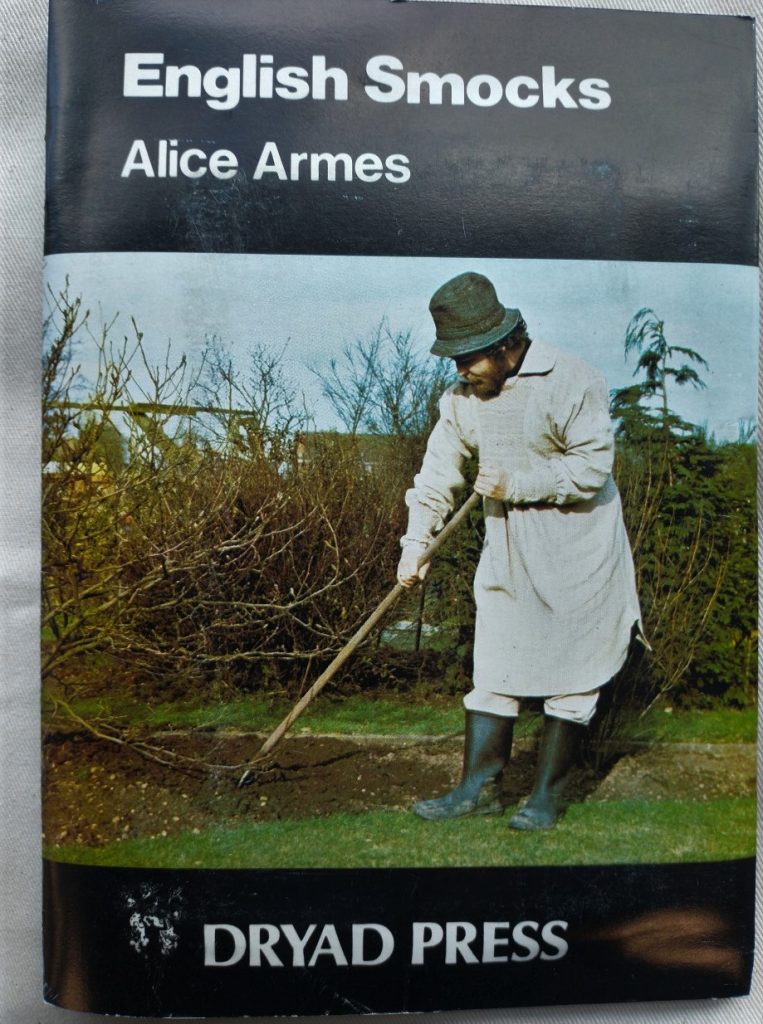
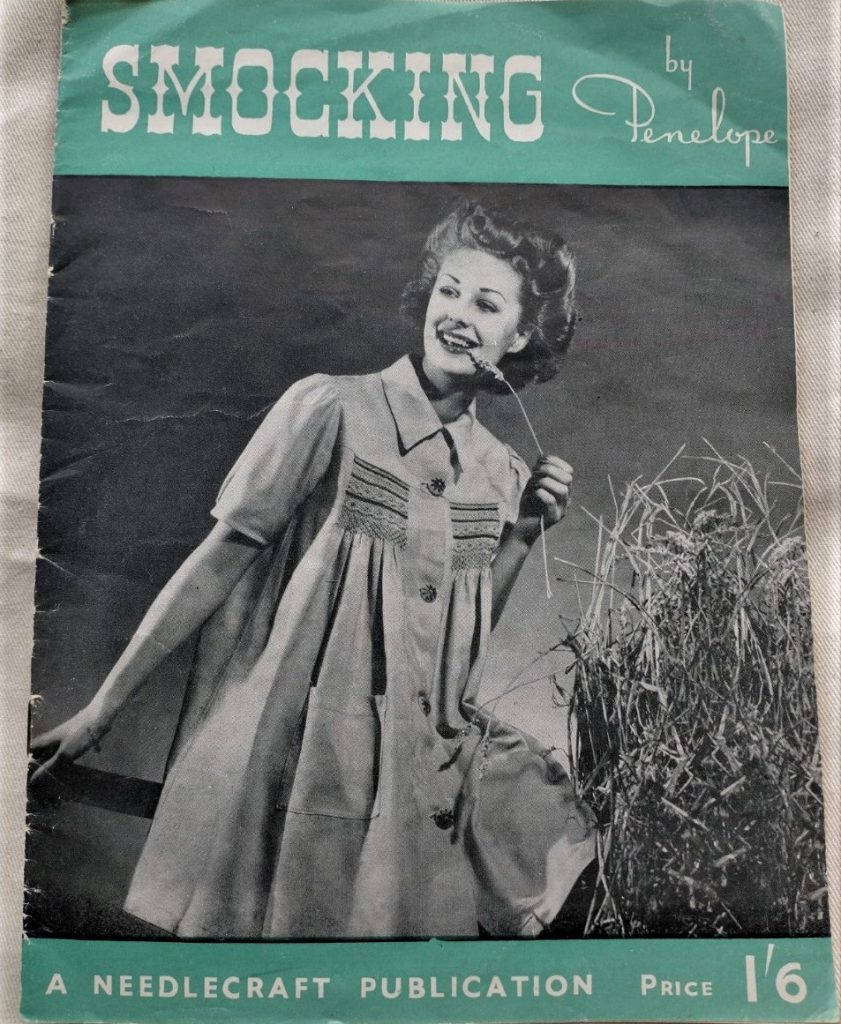
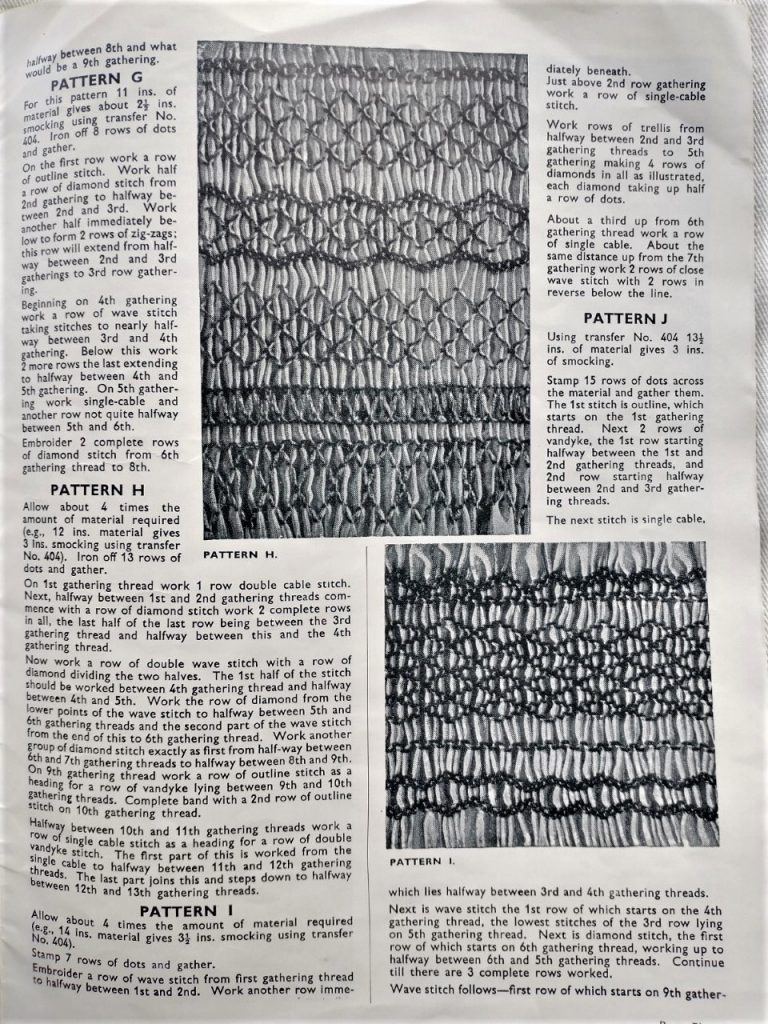
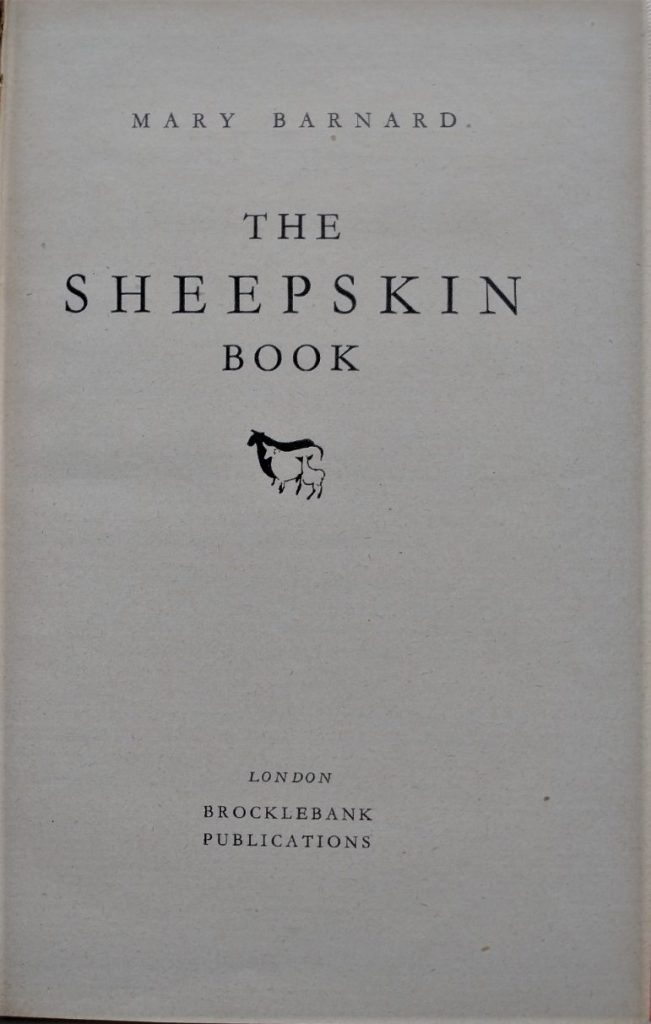
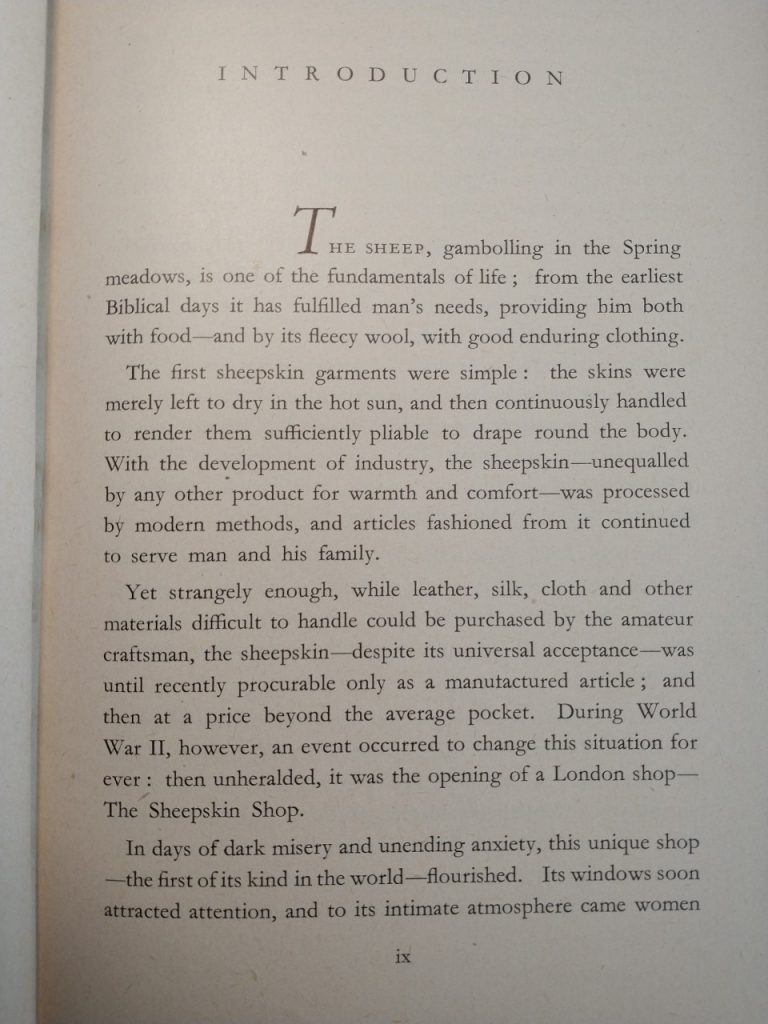
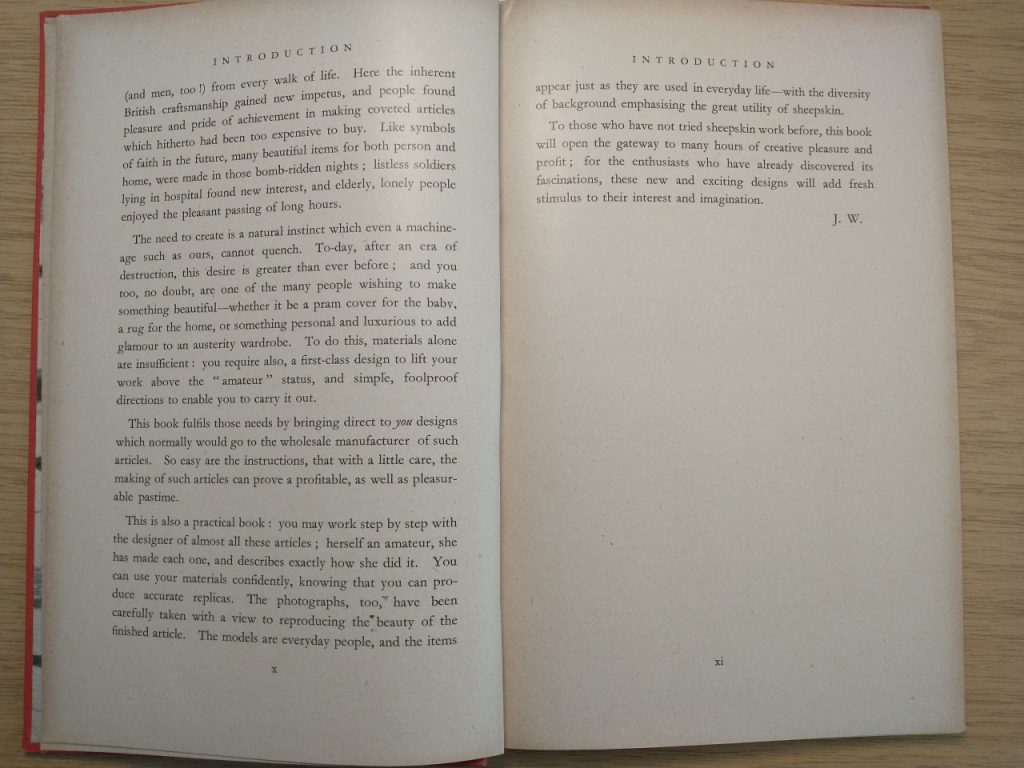
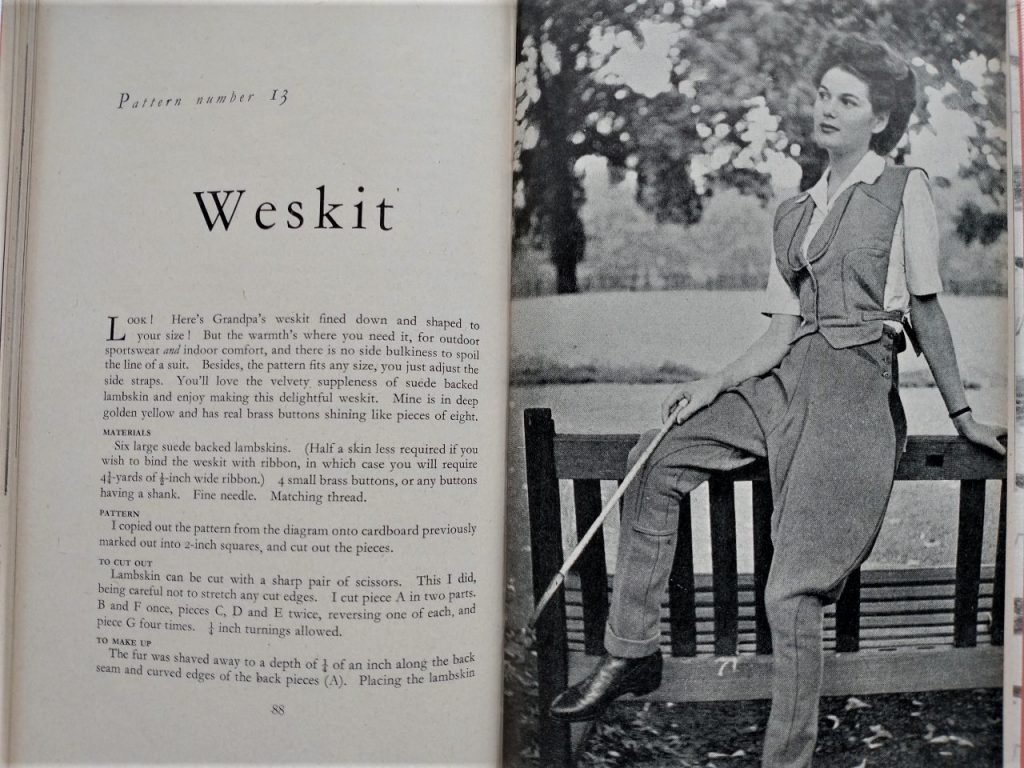
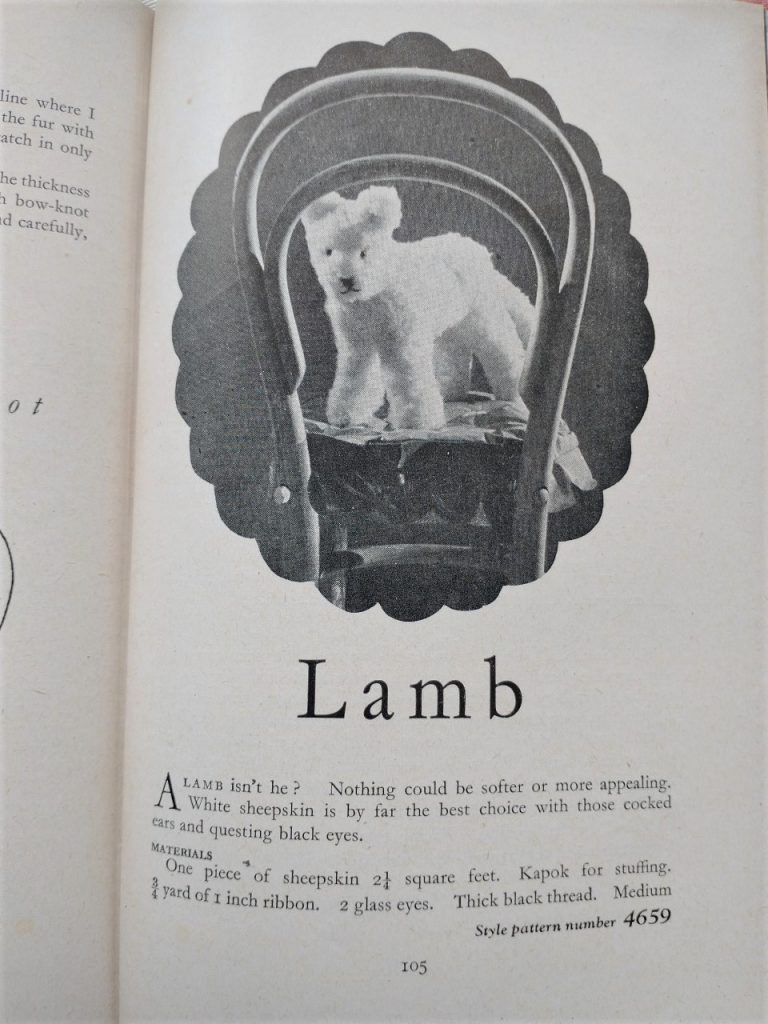
 Subscribe to cl13's posts
Subscribe to cl13's posts
Recent Comments